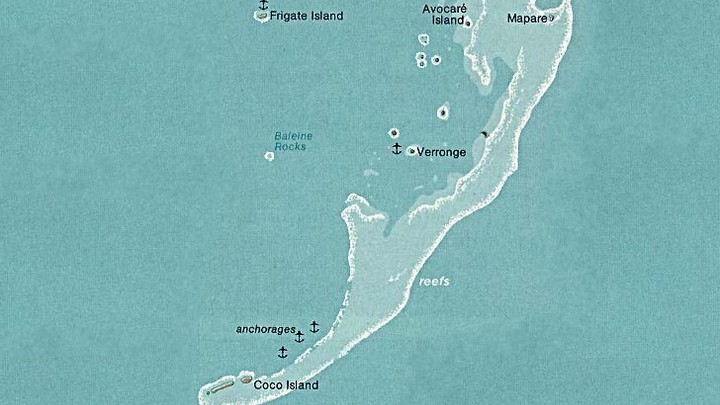Team Vestas Wind Grounded
Volvo Ocean Race is likely the most followed around the world like sailing race, which lasts for several calendar months, and is sailed every three years. The current race started in October 19th 2014 in Alicante Spain and ends in Gothenburg Sweden. There are seven multinational teams, that sail under certain national flags. It’s a one-class race for Volvo Ocean 65 boats, which is a 67 feet long and 10,750 kg (23,700 lb) heavy hi-tech sailboat. You can follow the teams real-time in the web page or with smart phone. The race news center produces several videos every day and you can watch them easily in Volvo Ocean Race page on Youtube.
The teams crossed The Atlantic Ocean successfully stopping at Cape Town, where the journey continued toward Abu Dhabi in United Arab Emirates. After passing Mauritius Team Vesta Wind had to experience fearful moments, as their boat wrecked at Cargados Carajos Shoels (also known as St. Bradon) in middle of Indian Ocean. It’s a mystery, how this kind of accidents can happen for the world’s top sailors with top navigational systems. Below is a video of the incident with unique record of events at dark.
We are passing… We are getting on top of the Shoals right now.
40 meters deep
25 seconds passes before a major crash rocks the whole boat.
THERE IS A BIG ROCK HERE GUYS! THERE IS A ROCK! FAR! WHAT IS IT?!
Knowing the root cause of the incident would be interesting to know. It was stated, that technology worked flawlessly. According to the video the crew seemed to have been aware of the shoals, but why did they still hit the rocks? Well, human error happen for the top-class sailors too, especially when you are sailing with a sleep dept and stress close to your personal limits.
If you view the shoals in Navionics WebApp, you can’t avoid noticing the differences in details between the zoom levels. Zooming out makes the shoals vanish early. Tides seem to have major impact to the land area too.
When we sailed with Sarastus last summer, I noticed, that many rocks were visible at the higher zoom levels of the smart phone nautical chart. Maybe that’s the reason, why the manufacturer makes you accept the not to be used for navigation like terms every single time, you open the app.
I will keep on following Volvo Ocean Race and hope, that Team Vestas Wind could join the others as soon as possible. Even if I’m not that interested in racing, it’s exciting to follow the conditions, experiences and feelings in the world’s biggest waters, where the power of nature can be of different magnitude than here.
Update 1: Team Vestas Wind press release in Abu Dhabi
Update 2: An interview with navigator Wouter Verbraak
Update 3: Moving the boat out of the reef in a cargo ship
